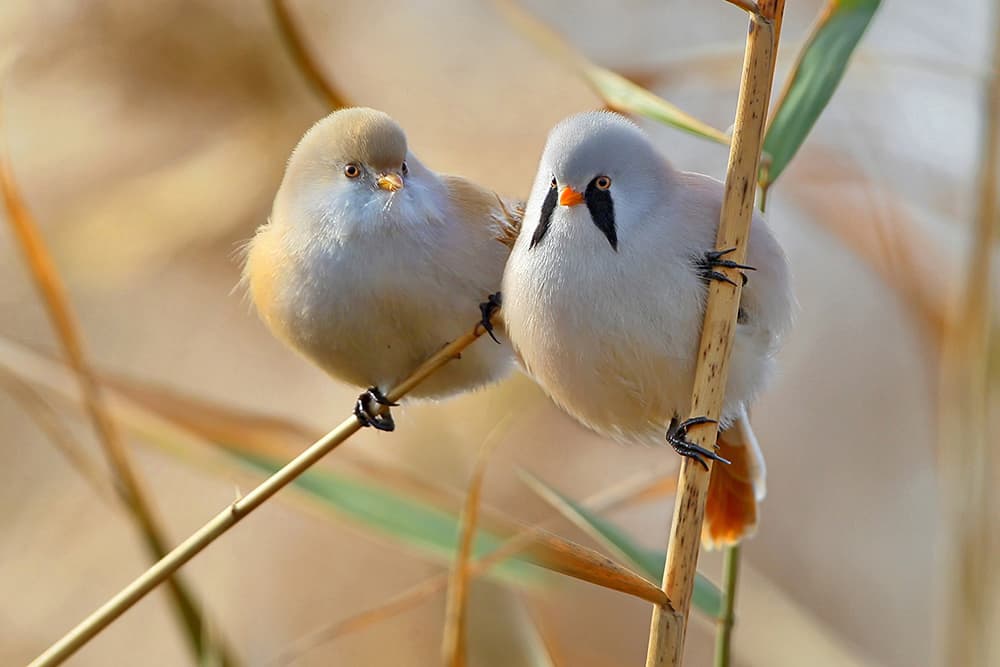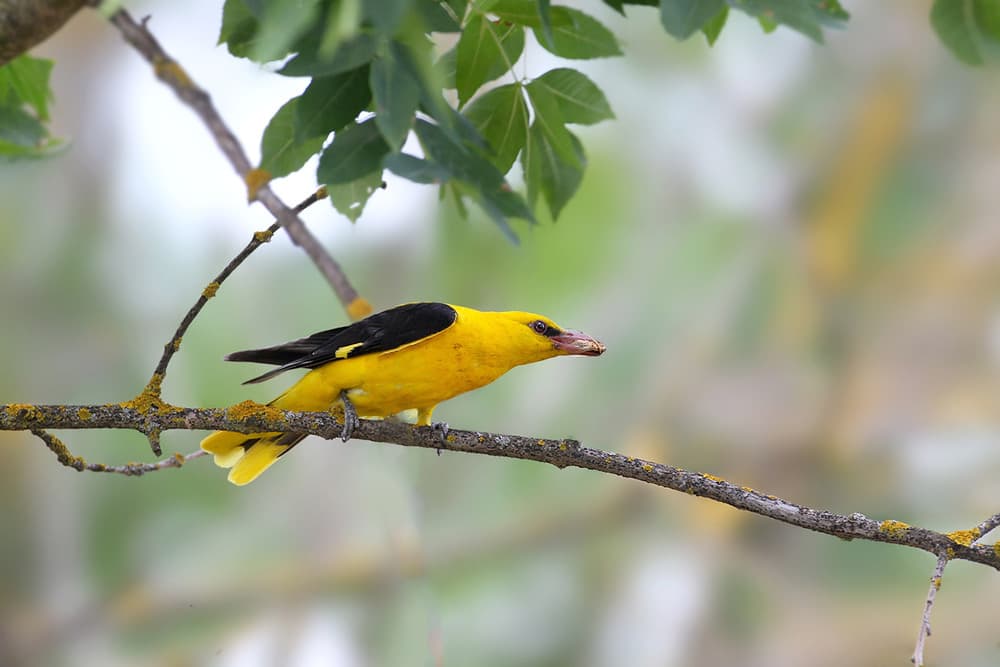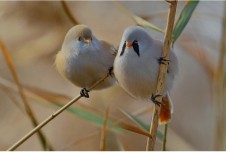
1. Red-necked grebe – Podiceps grisegena
The red-necked grebe is a large waterfowl. An adult individual has a body length of 40-50 cm, a wingspan of 77-85 cm, and a weight of 500-900 g.
The body of a red-necked grebe is thick, with a long neck and a narrow beak. The upper part of the head, back and wings are dark gray, the bottom of the body is white. During the nesting period, the male has a black bangs and "ear" tufts on its head.
The red-necked grebe is a large waterfowl. It is good at swimming and diving. On land, the red-necked grebe moves slowly and clumsily.
The red-necked grebe is common in Europe, Asia, and North America. In Ukraine, it nests throughout all the territory, except for the Crimea.
Пірникоза сірощока – це перелітний птах. Вона зимує в Африці, Південній Європі та Азії.
The red-necked grebe is a migratory bird. It winters in Africa, Southern Europe and Asia. The red-necked grebe nests on freshwater lakes, large ponds with reed banks, river beds. The nest is built on shallow water, among reeds or other coastal vegetation.
There are 4-6 eggs in a clutch of the red-necked grebe. The eggs are incubated by the female and the male in turn. Chicks hatch after 23-25 days.
After hatching, the chicks grow quickly and begin to fly after a few weeks.
Great crested grebe feeds on fish, insect larvae, molluscs and other aquatic invertebrates.
Red-necked grebe is a fairly common species, but in some regions its number is decreasing. The reasons for this are pollution of water bodies, destruction of coastal plants and poaching.
In Ukraine, red-necked grebe is listed in the Red Book in the status of "Vulnerable".
Photo: Volodymyr Kucherenko





















